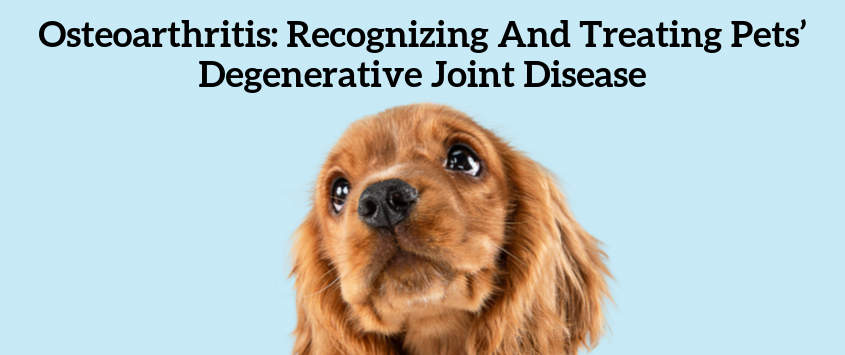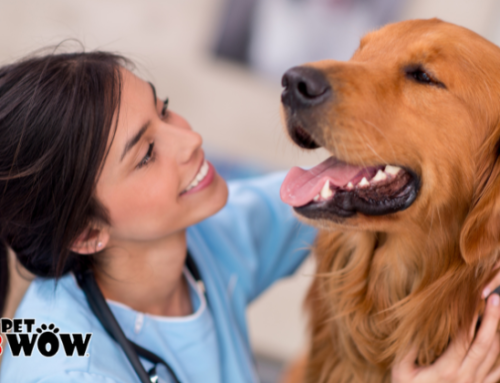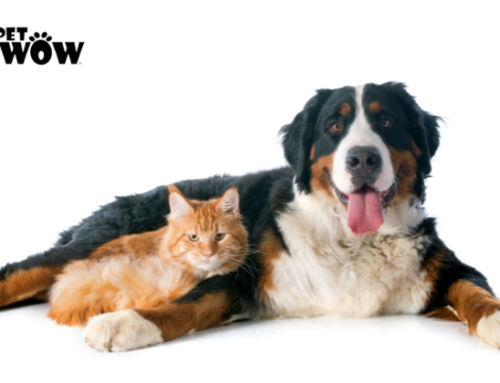You’ve heard the saying that you can’t teach an old dog new tricks. That may be because your old dog’s joints aren’t as elastic as they used to be. Some middle-aged (6-8 years) and senior pets (older than 8 years) begin to develop osteoarthritis, which can slow them down and make movement difficult and sometimes painful. Understanding the symptoms of osteoarthritis and how it’s treated, however, may help you to help your pets avoid many of the limitations that can come with the onset of this degenerative joint disease.
What Is Degenerative Joint Disease and Who’s at Risk?
As a degenerative joint disease (DJD) like osteoarthritis progresses, the cartilage in your pet’s joints begins to wear out and deteriorate. Osteoarthritis usually affects the leg joints and lower spine. This can cause pain and inflammation as the result of regular movements such as walking, lying down and getting up. Factors or conditions that cause osteoarthritis include age, repetitive stress, injury and disease. The types of pets that are most at risk for osteoarthritis are:
- Large breeds,
- Pets that are overweight,
- Older animals (middle-aged and senior)
- Athletic pets that have endured repetitive stress,
- Those with injuries to joints or bones, and
- Pets with Lyme disease or diabetes.
Poor nutrition and genetic makeup or abnormal development may also contribute to the possibility of osteoarthritis developing.
What Are the Symptoms of Degenerative Joint Disease in Pets?
The number one sign of osteoarthritis in dogs and cats is decreased or limited mobility. Those with osteoarthritis tend to be inactive for long periods, especially during cold weather. They may seem tired or appear as if they have low energy. Many pets with osteoarthritis also display difficulty with lying or sitting down, getting up, standing, walking or running because of pain and stiffness. They may also become irritable and suddenly dislike petting and being touched.
What Can Pet Parents Do?
To decrease the progression or the symptoms of osteoarthritis, there are a few things that pet parents can do:
First and foremost, make sure your pets get regular exercise such as walks and playtime. This kind of movement increases blood flow, stimulates muscle development and maintains healthy joints.
Managing your pets’ weight also is beneficial because obesity can put unnecessary stress on their joints, increasing the likelihood of joint deterioration.
When your pet becomes middle-aged or senior, have your veterinarian assess their joints’ range of motion or take X-rays to determine their joint health.
If your pet has symptoms of osteoarthritis, treatments prescribed by your veterinarian can include glucosamine joint supplements, non-steroid anti-inflammatory drugs (NSAIDs), physical therapy, a diet change to manage weight, or surgery in the case of severe or debilitating joint damage.
How is your pet doing? Is your senior or middle-aged pet showing signs of osteoarthritis? Contact one of our team members at 513-738-9691 or email Info@PetWow.com for help. Our veterinarians perform a range of services including preventative care, diagnostics, surgeries and more. For more pet care tips, follow us on Facebook, Twitter, Instagram, Pinterest or LinkedIn!







